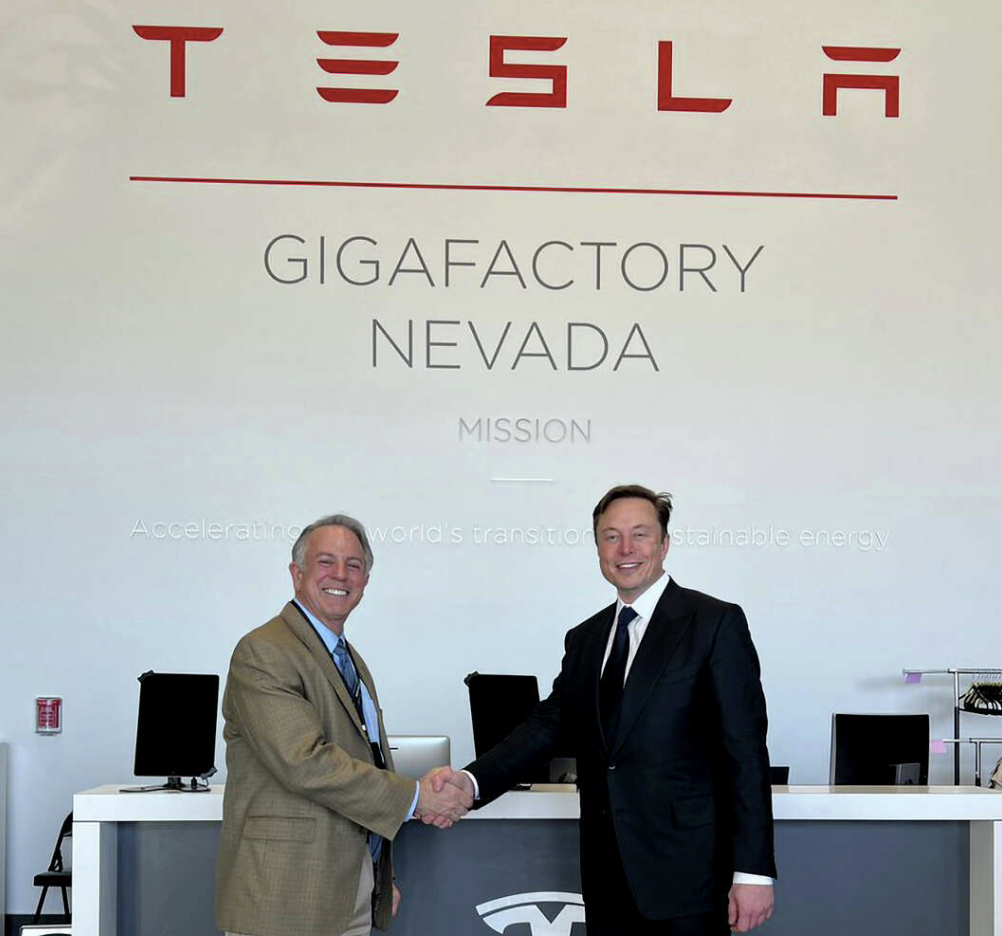This opinion piece from TWW’s Steve Handy originally ran in The Salt Lake Tribune on May 16, 2023 and can be accessed here.
Without much fanfare, a group of Western governors last month submitted plans to the federal government to build a major center for hydrogen production in the Rocky Mountain region. The governors of four states — Utah, Wyoming, Colorado and New Mexico — are hoping to secure $1.25 billion in federal funding to help make the proposal, dubbed the Western Interstate Hydrogen Hub, a reality.
This is a bigger story than you might think, for reasons of policy and politics.
Hydrogen may not get the same kind of press as solar panels, wind turbines or electric cars. But ramping up U.S. hydrogen production is critically important for our future energy security.
For example: Hydrogen can be used to power heavy vehicles that don’t perform as well with batteries, such as trucks, buses, trains and even commercial aircraft. Hydrogen can be blended with natural gas to reduce carbon emissions from power plants, factories and even residential sources like furnaces and hot-water heaters.
Hydrogen can also be stored and used to generate electricity or heat at any time of the day or night — what power grid operators call a “dispatchable” energy source. This can provide another option besides natural gas-fired power plants and large-scale batteries for backing up renewables like wind and solar.
So positioning Utah, Wyoming, Colorado and New Mexico as a major hub of hydrogen production — a fuel with so many uses and markets all over the world — is a huge step in the right direction from an economic point of view.
Today, most U.S. hydrogen is made from natural gas in a process that releases carbon emissions into the atmosphere. So even though hydrogen itself may not have direct carbon emissions when used as a fuel, the indirect emissions from how it is made can’t be ignored.
The Western hydrogen hub will tackle this challenge in three principal ways: First, by capturing and storing the carbon emissions during natural gas-based hydrogen production; second, by developing technologies that can use wood waste and other biomass as an alternative feedstock for hydrogen production; and third, by perfecting a process called electrolysis to produce commercial quantities of hydrogen using only electricity and water.
The $1.25 billion federal grant will be enough to begin the development of eight different hydrogen projects across the four states and generate 26,000 jobs, according to state officials.
This level of technological collaboration is impressive enough. But the political collaboration that underpins the planned hydrogen hub is also remarkable.
For example: After the four states submitted their latest plans to the federal government, Utah Gov. Spencer Cox, a Republican, issued a statement that couldn’t have been more bullish.
“Utah has long advocated for doing things a little differently, and in our state, that little bit of difference has led to a lot of innovation and economic success,” said Gov. Cox. “Our partnership in this four-state application is no different. If the Department of Energy wants to spur innovation in hydrogen as an energy source, this is the place.”
Meanwhile, in neighboring Colorado, a statement from Democratic Gov. Jared Polis also fully embraced proposed hydrogen hub. “The investment in these eight hydrogen projects is a crucial step to achieving shared energy independence goals and my goal of 100% renewable energy in Colorado by 2040,” Polis said.
These two elected officials have vastly different political views and core constituencies, and yet, they are united behind the idea of creating a major new industry — hydrogen production — in our region.
In today’s highly polarized political environment, this is no easy feat. But it’s a welcome development, and one that the Biden administration should consider closely when deciding the fate of the $1.25 billion grant application.
Because these four Western states aren’t just showing the path forward for a critically important new energy source. They’re also presenting a powerful example of what can happen when elected leaders with divergent views are willing to sit down, talk and find a few areas of agreement to work on together.
Steve Handy is a former state legislator and the Utah director for The Western Way, an organization focused on market-competitive solutions to environmental and conservation challenges. He also served as a communications consultant for the recent Western States Hydrogen Hub application.









